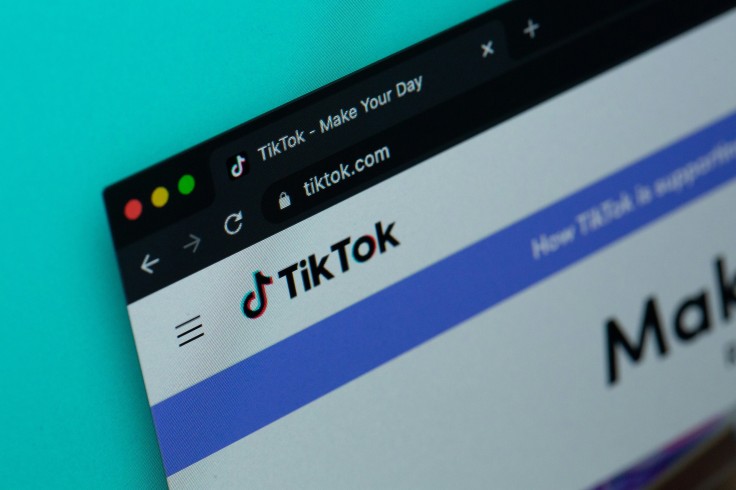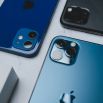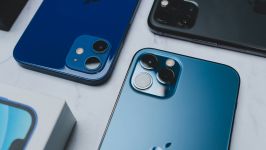
On September 5, ByteDance's debut of a US-exclusive TikTok app—internally named M2—aims to preserve access for millions of users, including US businesses, amid a looming sale or ban.
In a showdown that began in August 2020, the US first targeted TikTok under President Trump through an executive order, citing national security risks associated with ByteDance's Chinese ownership. This move was later revoked by President Biden but revived in March 2024 when Congress passed (and Biden signed) the Protecting Americans from Foreign Adversary Controlled Applications Act, mandating ByteDance to sell TikTok within nine months or face a nationwide ban. In January 2025, the Supreme Court upheld the law, prompting TikTok to briefly suspend its US services on January 18 to widespread user opposition, only to see President Trump issue an executive order the next day, pausing enforcement and restoring access.
The Trump Administration has since granted three extensions, the latest pushing the deadline to September 17, 2025, while promising legal immunity to app providers like Apple and Google to continue hosting TikTok. Despite efforts like "Project Texas," launched in mid-2022 to isolate US data in the Oracle cloud, critics argue that these actions are largely cosmetic in effectively decoupling from ByteDance. This contested legal and political backdrop has set the stage for TikTok's new app.
A High-Stakes Code Fork for Millions of Users
When the upcoming app drops on Apple's App Store and Google Play, the current version will remain usable until March 2026, Reuters reports. US TikTok users will be required to transition over several months, a significant undertaking for a "code fork" (a separate, independent version of an app that splits off from its existing codebase), strategically segregating US data flow from ByteDance's global infrastructure. The effort echoes earlier projects like Project Texas and algorithm cloning, aiming to remove Chinese ties from US operations.
The move affects millions of US users and businesses, placing pressure on advertisers, influencers, and media agencies reliant on uninterrupted access. For marketers, the dual-app environment poses tracking challenges, while creators worry about fragmented follower bases during the migration.
ByteDance has not issued public comments about M2 yet. However, insiders confirm the September launch window aligns with extensions pushed by President Trump.
"We are grateful for President Trump's leadership and support in ensuring that TikTok continues to be available for more than 170 million American users and 7.5 million US businesses that rely on the platform as we continue to work with Vice President Vance's Office," wrote the company in a statement.
ByteDance reportedly still has concerns that exporting algorithm code violates Chinese export controls, while Oracle-led buyers aim to oversee the purity of US data and infrastructure. The US-only code fork offers a potential compromise: retain TikTok's addictive recommendation engine under a licensing model, while meeting US security demands.
Rather than a simple divestment, TikTok is executing a complex "user migration gamble," pushing millions to a parallel app—an unprecedented maneuver for a global social platform. Success will hinge not just on legal compliance, but on whether everyday users willingly switch without abandoning their communities or advertisers.









